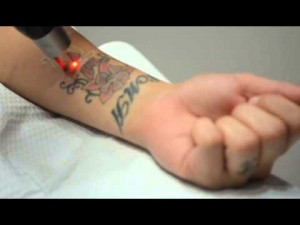It is 1 December, a day dedicated to AIDS, the killer disease that has killed and infected millions of people around the world in the last 30 years. This day is observed all over the world to spread awareness about HIV and AIDS. ONE campaign, which is an advocacy group working to prevent spread of HIV and AIDS in African countries, has released a report that says that the world has finally reached a stage that can be described as the beginning of the end for this killer pandemic.
For the first time, newly affected individuals are lesser than the previous year
According to this report, the number of newly infected people with AIDS was lower than the number of people who got infected last year. HIV infected people need access to medicines on a regular basis to keep the dreaded AIDS disease at bay. However, on a somber note, ONE campaign warned the world that this good news does not mean that the end of this killer disease was round the corner. Erin Hohlfelder, Director Global Health Policy at ONE, said, “We’ve passed the tipping point in the AIDS fight at the global level, but not all countries are there yet, and the gains made can easily stall or unravel,”
Sub Saharan African region continues to be badly affected
HIV is one of those infections that have no cure at present. This infection enters human body through blood, semen, and breast milk. HIV leads to AIDS but regular intake of antiretroviral drugs can prevent the onset of AIDS for many years. According to figures released by United Nations, 35 million people around the world are infected with HIV. Out of these, 2.1 million are those who joined this group in 2013. Sadly, 1.5 million people around the world died because of AIDS last year. Sub Saharan African region remains the hub of HIV and AIDS with maximum victims being found there.
The pandemic called AIDS was discovered in the 80’s. It has killed nearly 40 million people around the world since then. According to UNAIDS, the AIDS agency of the UN, 13.6 million people affected by AIDS had access to medicines by June 2014. This is a vast improvement over 5 million patients who had access to AIDS drugs in 2010.
There is no reason to start celebrating
Erin says that there are many threats to the ongoing campaign against spread and prevention of AIDS. One of the biggest threats is a shortfall of funds to combat this dreaded disease. Nearly $3 billion are required every year to help patients infected with HIV and AIDS every year. “We want to see bold new funding from a more diversified base, including more from African domestic budgets,” she said. She feels that despite a lowering in numbers of newly affected individuals, there should be no slackening of efforts to prevent the spread of this killer disease. “Despite the good news, we should not take a victory lap yet,” said Hohlfelder.“We want to see bold new funding from a more diversified base, including more from African domestic budgets,” she added.
About Sanjay Tandon
Sanjay Tandon is a graduate engineer from IIT Varanasi. He has been writing as a freelancer for many years. He loves to write on various niches. He is passionate about politics and economy and spends his free time watching news channels. He is also an expert on relationships.




















